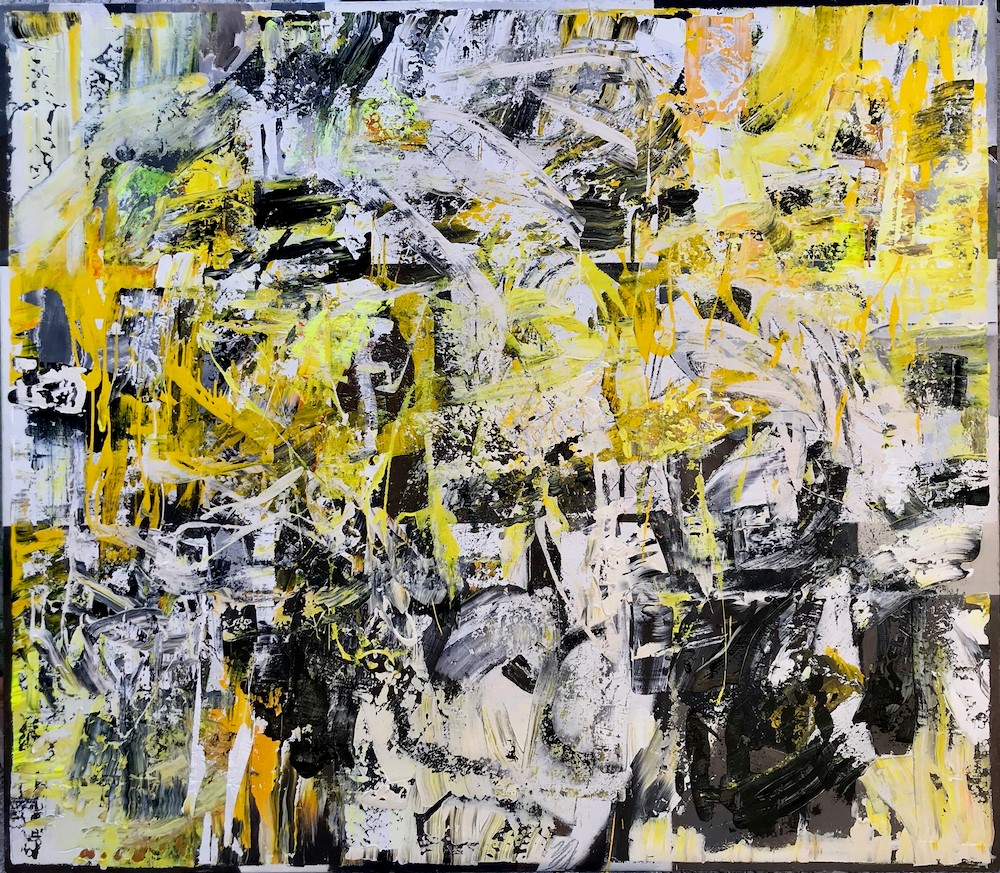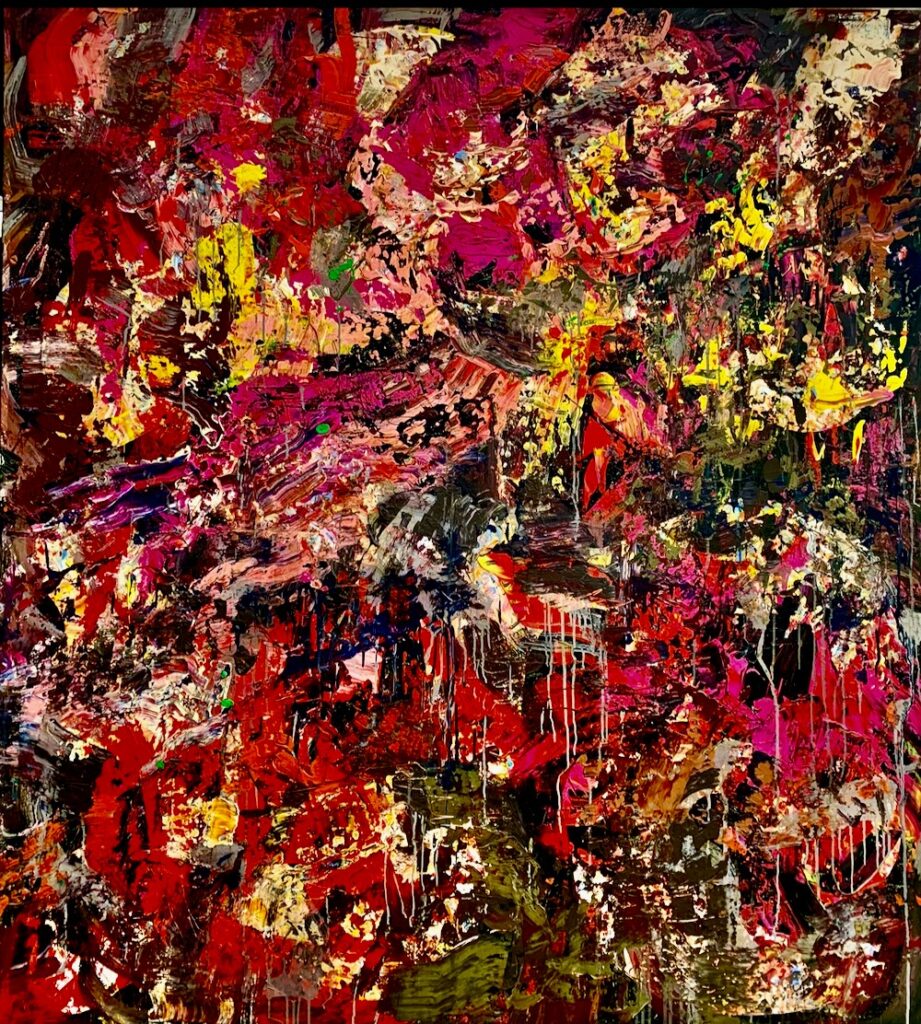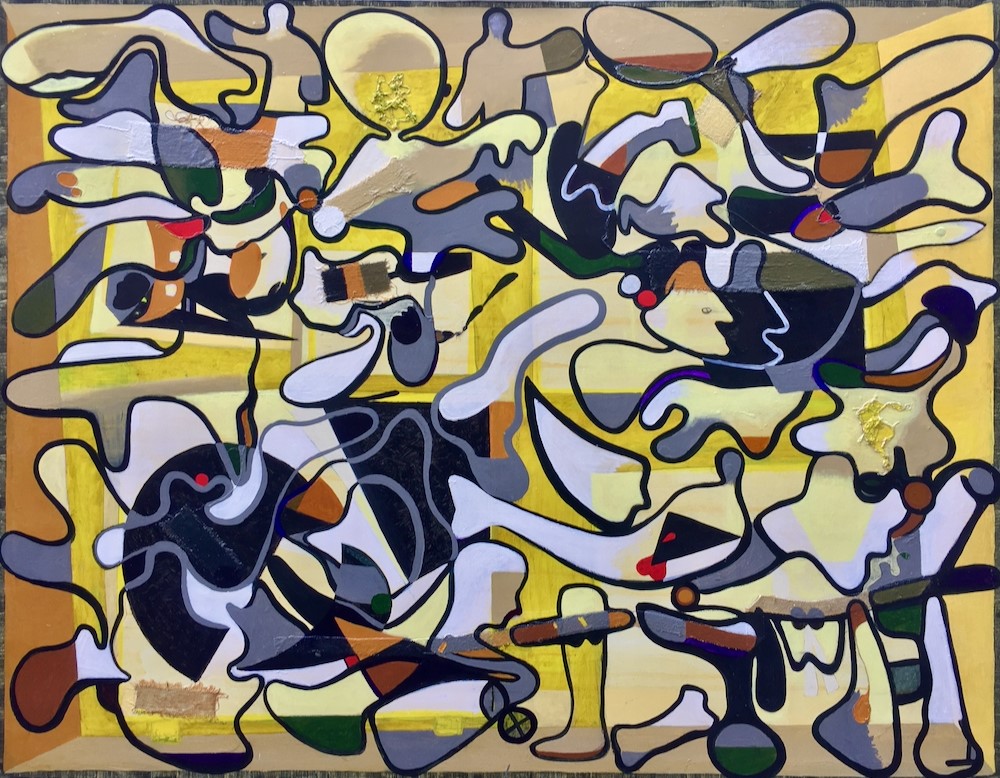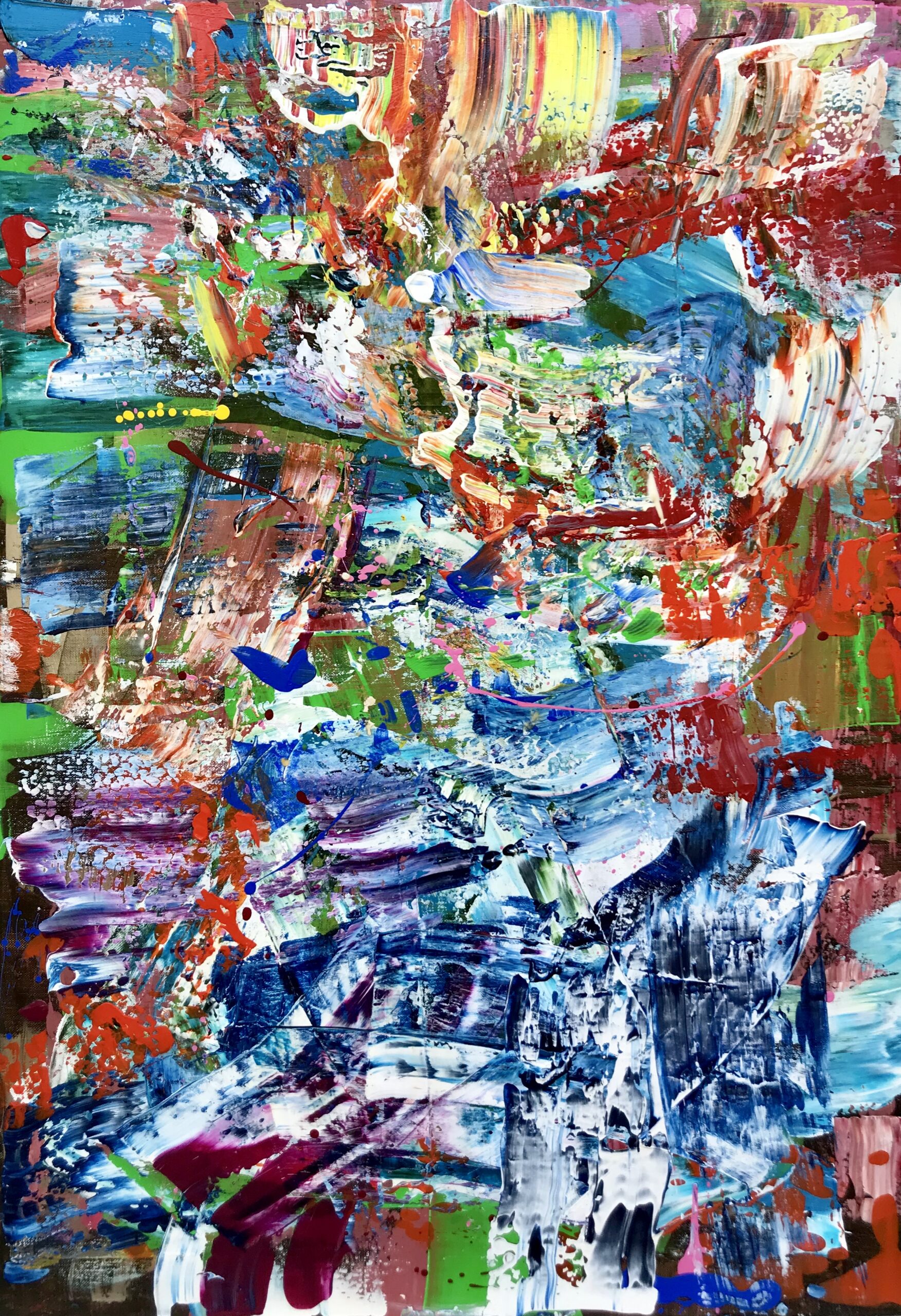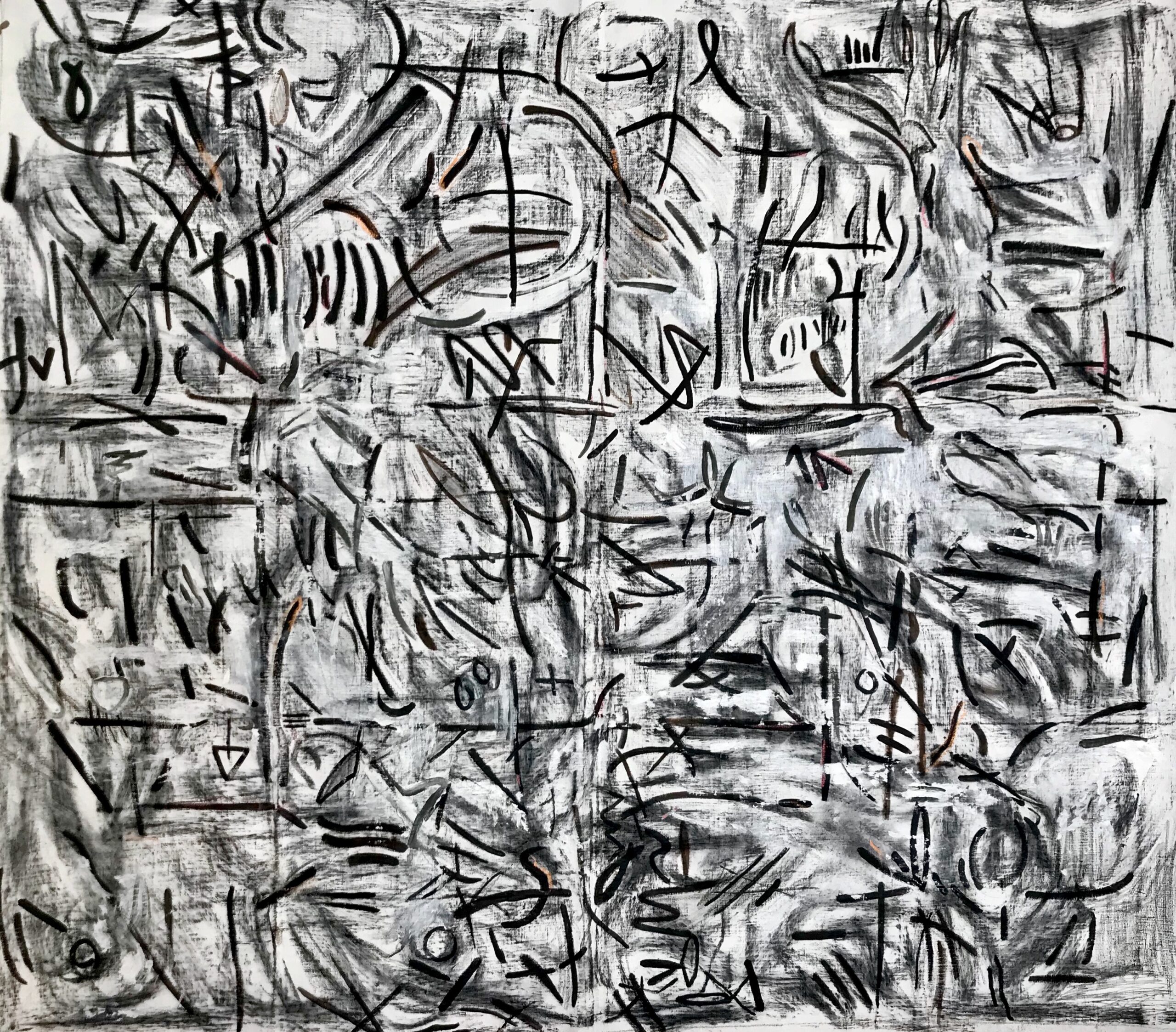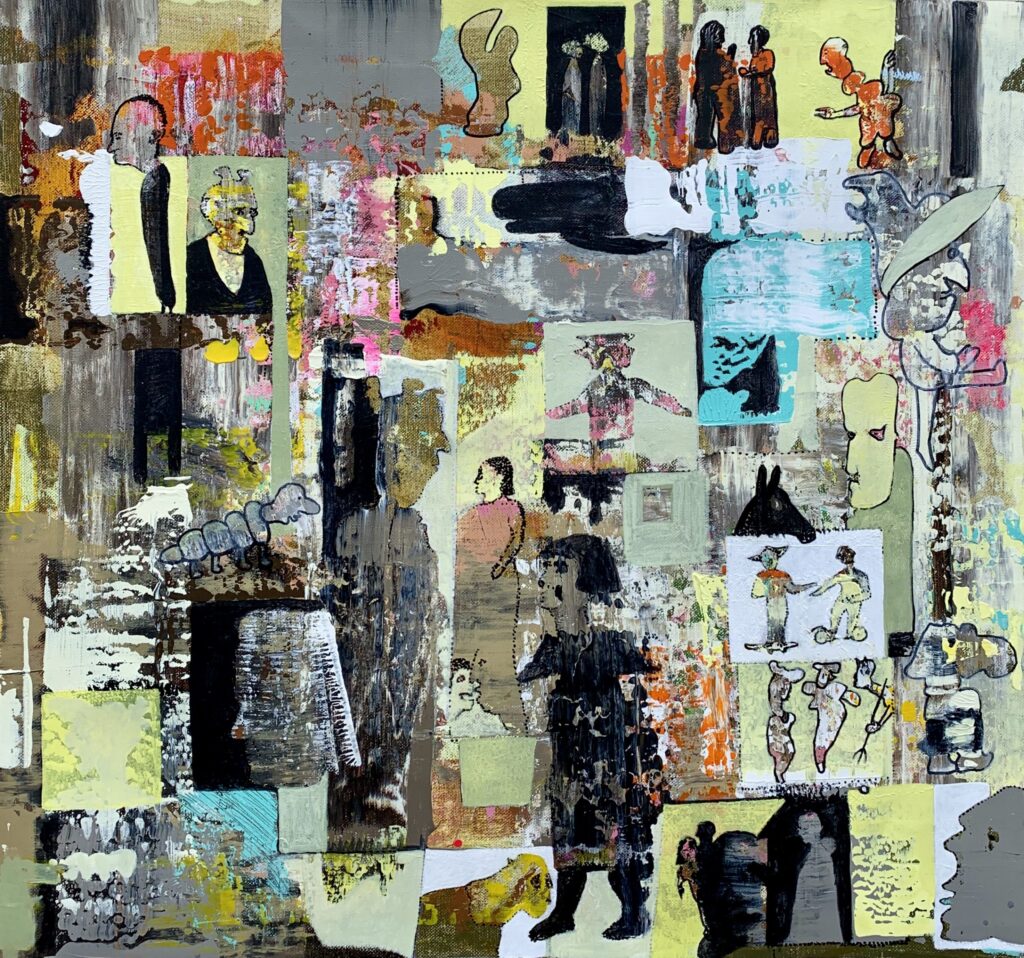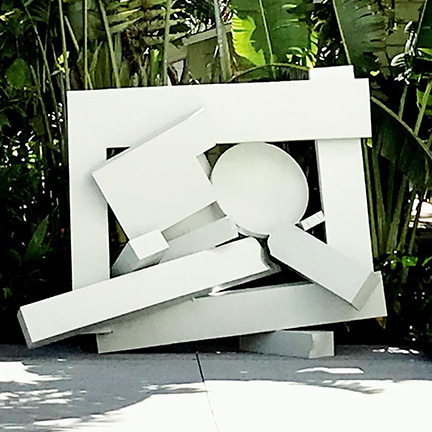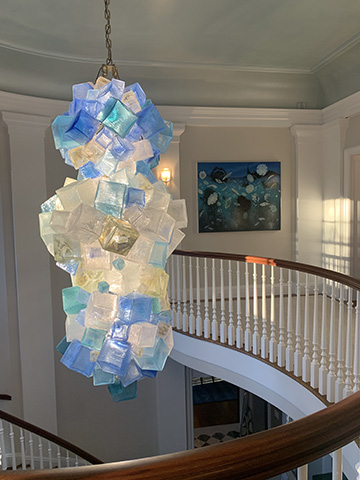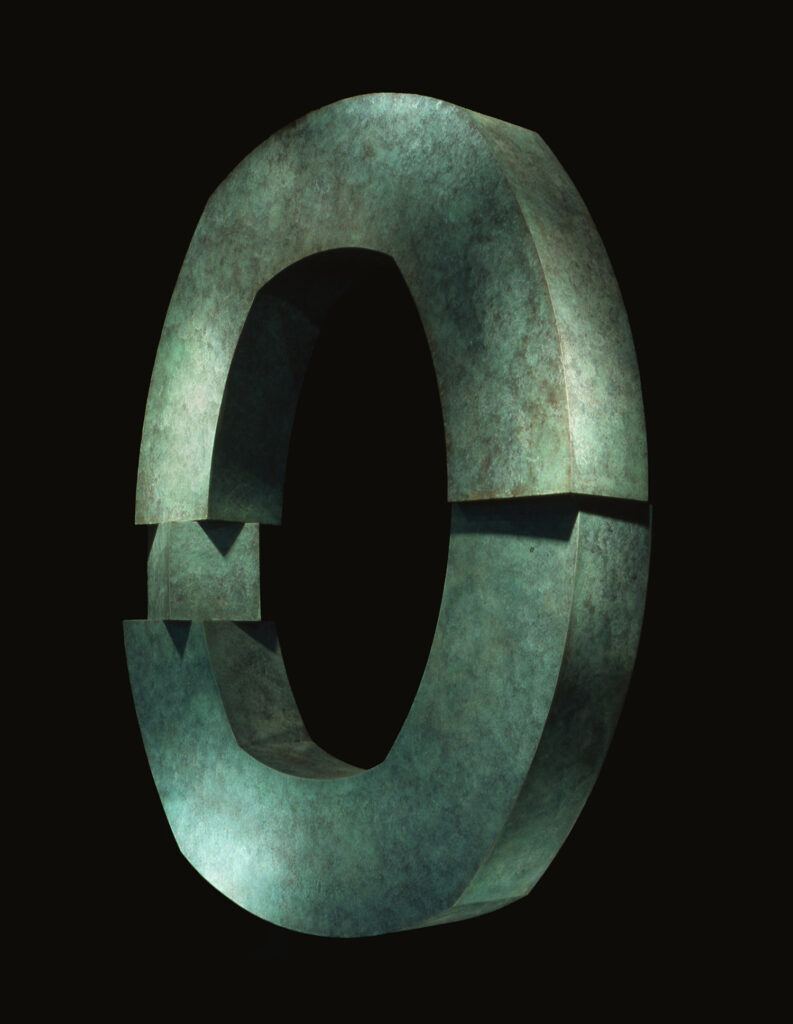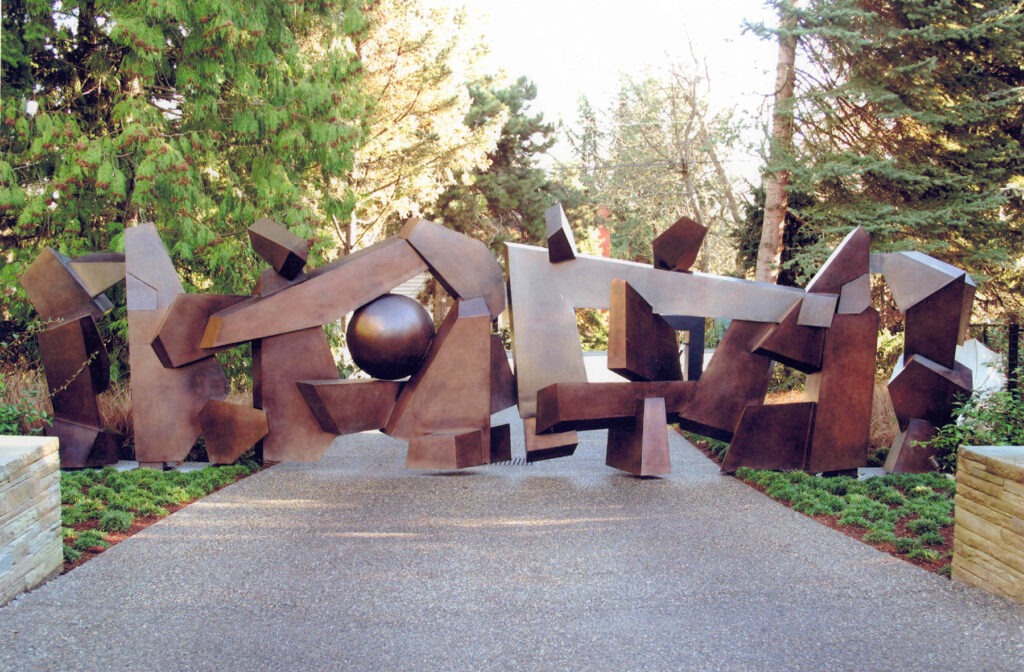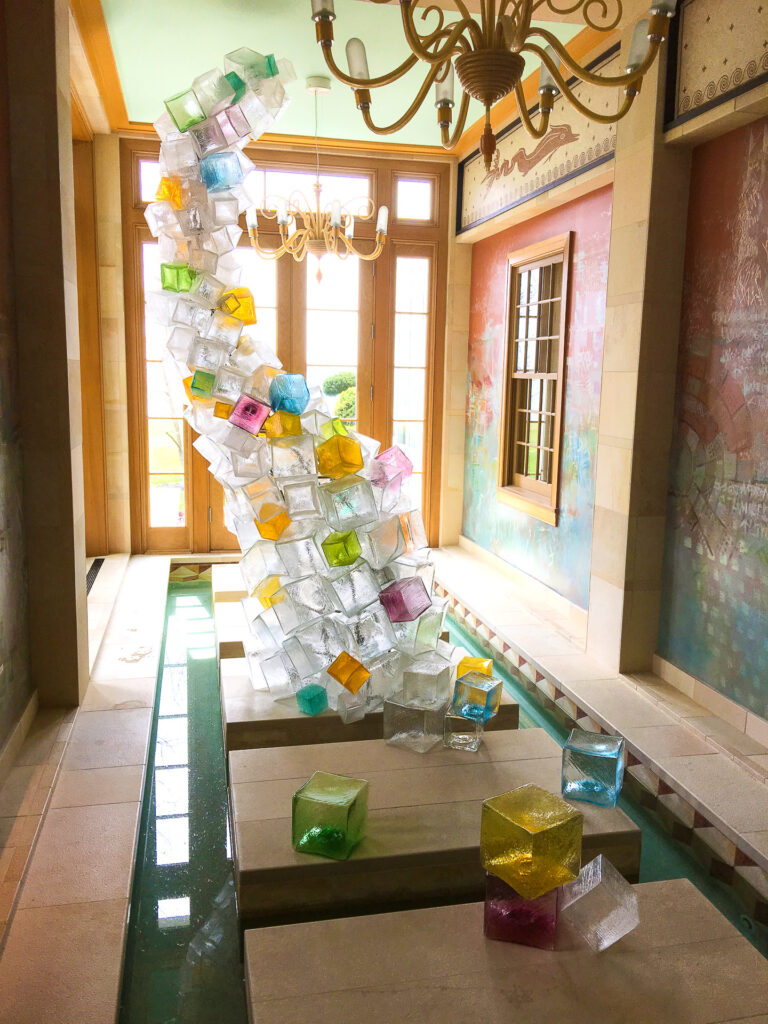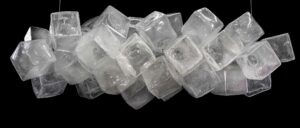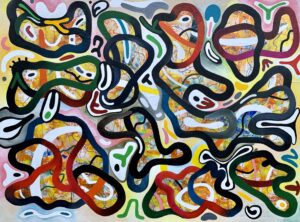Artists not only reflect the state of humanity but often help to show the path to what we can become – we are a bit like scouts since we have the freedom to explore different ways of being and thinking – this is inherent in the artist’s work process – well before the general public does. In that sense, artists often are the first to adapt different societal models, or economic realities in response to times of crisis or upheaval. – Louise Bang and Gui Lessin
Having spent my salad days in Florence where I became familiar with Giovanni Boccaccio’s masterpiece, The Decameron, I cannot help but think our present epidemic is somewhat similar to the bubonic Plague which visited that glorious city twice in 1340 and worse in 1348. – Joe McDonnell
Following on our first article about Art in the Time of Covid-19, we now turn to three artists, sculptor Joe McDonnell based in New York City, and the painters, Louise Bang and Gui Lessin, based an hour northwest of Copenhagen, Denmark. They answered questions that many artists are posing to themselves but also what others are asking: How has Covid-19 impacted the lives of artists? From a creative point of view? From a business point of view? Are they inspired to express more or less? What is the impact on the fine art market? Are artists integrating their impressions and reactions to Covid-19 into their work? Are there silver linings to Covid-19? Can art play a role in helping people and communities to heal and to recover economically, socially?
Following are the observations on the pandemic that McDonnell, Bang and Lessin share with us to help us understand where they are, where they think we all are and where we may be going. There are important common threads in their observations that we can learn from and focus on.
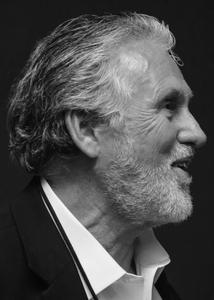
Joseph McDonnell is an American sculptor whose work ranges in size from small to monumental in materials that include bronze, granite, steel and glass. His sense of mass and space produce an inner logic in the forms he creates. He references ancient civilizations with symbolism dealing with the primordial objects of life: sun, water, columns, arches. He states that his works are personal statements of his faith in man’s profound determination to survive. What an appropriate mission in the face of this current pandemic.
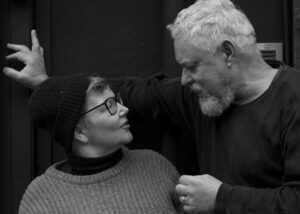 Louise Bang and Gui Lessin are artists who take their collaboration and practice as a lifelong commitment and often work side-by-side as a unique entity – Bang & Lessin. Based out of their studio in Sjællands Odde, northwest of Copenhagen, Bang & Lessin are supporters of the ‘open studio’ concept, where the artist’s studio is central to the production of art. Their studio is open to the public and invites aesthetic dialogue, the creative exchange of information and critical control. Influences on their work include American Abstract Expressionism, CoBrA, German modern abstraction, Aboriginal Art as well as manga and graffiti traditions from New York and London.
Louise Bang and Gui Lessin are artists who take their collaboration and practice as a lifelong commitment and often work side-by-side as a unique entity – Bang & Lessin. Based out of their studio in Sjællands Odde, northwest of Copenhagen, Bang & Lessin are supporters of the ‘open studio’ concept, where the artist’s studio is central to the production of art. Their studio is open to the public and invites aesthetic dialogue, the creative exchange of information and critical control. Influences on their work include American Abstract Expressionism, CoBrA, German modern abstraction, Aboriginal Art as well as manga and graffiti traditions from New York and London.
What are your impressions of Covid-19 on society and community?
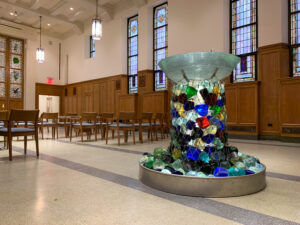
McDonnell: Having spent my salad days in Florence where I became familiar with Giovanni Boccaccio’s masterpiece, The Decameron, I cannot help but think our present epidemic is somewhat similar to the bubonic Plague which visited that glorious city twice in 1340 and worse in 1348. It was known as the Black Death and accounted for two thirds of the population dying. The Decameron is a collection of stories told by ten young adults as a means of both entertaining and edifying themselves. They had quarantined themselves in a villa on Settigano, a hillside near Florence. Today whether Zooming or telephoning or using the computer or watching television, we are more or less doing the same thing. It is the way we keep ourselves being human, communicating, learning, improving, socializing, and amused.
I have lost half a dozen friends to the virus and it makes me angry how our government from the top down refused to face the epidemic. I can imagine how Goya would portray this in his etchings. I guess if I painted figures like Philip Guston, I could make a strong statement. I am sure there will be museums for this epidemic. They will be our Holocaust museums. We now have more deaths already than World War II.
Bang-Lessin: Everything impacts our painting – it is often said that artists act as a mirror that highlights the human condition. It is inevitable that communities gravitate to their artists – artists are less bound by conventional norms of work and are allowed to take risks, all in the name of experimenting, inventing and exploring. Our new venture – acquiring a home – annexed to a decommissioned supermarket – has created an instant point of interest in this relatively serene part of Denmark; people are curious and excited to see what we will come up with in this space which has been dormant for so long. As were our studios in France, London and Miami, inevitably this space will be open, accessible and will focus on art and bringing artists and the community together.
We deeply feel the effects of Covid-19 and its tragic wake and in terms of business, there is no question that there has been an impact on our sales, as well as on how we sell. In the early days of the pandemic people were hopeful and optimistic – excited about finding new art for their new work space (i.e. home) or having more time and energy to focus on art in their lives. Now, we feel that people are more careful with spending, because of the fear of economic uncertainty.
How has Covid-19 impacted your life as an artist?
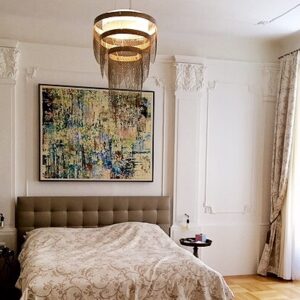
Bang-Lessin: Covid-19 has forced us to be more creative. We’ve had to re-think how we conduct our business, how we present ourselves, how we sell, through which channels and to whom. This impacts everything from the dimensions of work we focus on to the color palettes we gravitate towards. We’ve had to become more imaginative about how we get and process inspiration as our lives have necessarily become more restrictive – there isn’t that new event or exhibition to go to, no more impromptu dinner parties, no exciting concerts – how do you draw inspiration from the ordinary to create something extraordinary?
The pandemic has forced us all to become more resourceful with our work as well as in our general day-to-day lives. As with the performing arts, we have the opportunity to explore new audiences, new venues and ways of reaching our audiences.
McDonnell: Like most of us, my life as an artist has been greatly altered as I attempt to avoid the virus. My time is over 99% spent at home working on model sculptures at my dining room table, drawing and writing letters at my desk. On a few trips into Manhattan, I have been able to see several major museum exhibitions. This was an excellent opportunity to visit shows without the crowds, but it did feel lonely.
What are your thoughts and impressions about the impact on the art market?
Bang -Lessin: The pandemic has posed enormous challenges to the art market in general and specifically to how we exert our craft. Indeed, big art events, which, in the past have depended on people gathering inside – like Miami Art Basel, the Armory Show and the scores and scores of other art fairs, auctions and other visual art related events that have defined the Art Market — have had to reinvent themselves. Everything from art fairs, galleries, exhibitions have gone on-line which also means that all of the activities associated with the living, in-person experience has had to go or, at best, adapt. No more vernissages with food and drink and ‘meet the artist’; for us, these days, we invite people to our studio virtually to get to know the artist and how and why we do our work. Since much is done online at the moment, we miss the physical gatherings — the clinking of glasses — and really connecting with our collector in-person, establishing that special bond through the appreciation of our work.
Online has been the go-to solution to shuttered galleries and exhibitions as well, even though there is already a weariness from collectors about yet another “art viewing room” being optimistically hailed as “innovative”. There is a lot of art out in the world and the challenge for the artist has always been how to communicate all of the vibrance, gesture and spirit of their work: how do we talk about our work effectively when we can’t safely meet face-to-face? We sense that the pandemic is exerting a lot of pressure especially on small-to-medium size galleries which have to come up with monthly rent and cover payroll and operating expenses on a regular basis. As with artists and other art market entities, galleries will inevitably have to reflect on their business model.
McDonnell: We too are showing some work on the Internet, mostly on Instagram. Amazing amount of response but not a selling tool so far. Actually, most of my sales have come from personal contacts.
Do you try to participate in your community as artists and, if so, how?
McDonnell: Just the other day I was asked to loan a large outdoor sculpture to an arboretum in New Jersey along with a dozen other sculptures. No money of course unless the work is sold but it’s good to have the work displayed. Also, I donated a large glass cube chandelier to The Stissing Center, a fledgling arts and community organization in Pine Plains, New York. The building and the programming are serving the community, bringing art and performances to the area and stimulating artist discovery.
Bang-Lessin: We believe in an art that is at the service of society, as well as a practice that respects the environment we live in. Furthermore, we participate in street performances, awareness-raising action in public places and public performances in the name of freedom of expression. Through the internet and social media, we engage with an ad-hoc community of artists and art lovers worldwide – which is exciting for many to be so far away, and yet so close. We sense a solidarity in this international community through innovative initiatives like the “Artist Support Pledge” and the work of foundations and other groups focused on artists. And then there are the local initiatives which are as important in solidifying community. For example, here in Denmark, kunstsalonen.com is a new way of staging public exhibitions of contemporary art in private homes across the country. Similarly, in our local area, Odsherreds Kunstdage guides collectors around the open studios of scores of artists once a year, in the Spring. These are both unique ways of getting artists in front of art lovers and potential collectors.
What is your favorite side dish or meal or delicious item that can be bought near your studio or home?
McDonnell: Certainly the COVID virus has dramatically altered our eating. I loved to fix wonderful things to consume for my family and friends. This was especially true after spending years in Italy where the dining table was the center of existence. Now the friends are not around because of social distancing and my family is but my beloved bride and myself. Food shopping is regulated to once or twice a week at ghastly early hours to avoid the crowds. My dishes, while still good, are simpler and more modest (no Tournedos Rossini) and, of course, there are leftovers for the next two, maybe three, days.
Bang-Lessin: We live by our “Thursday Box” (Torsdagskasse) of vegetables and fruit, prepared by our neighborhood farmer at Birkemosegård. Cooking has been an important creative outlet especially now and we feel that it is vital to support our local organic farmer and prioritize good, healthy materials with which to feed our creativity.
Summarized by Victoria Larson, Editor, Side of Culture
VK Larson Communications


